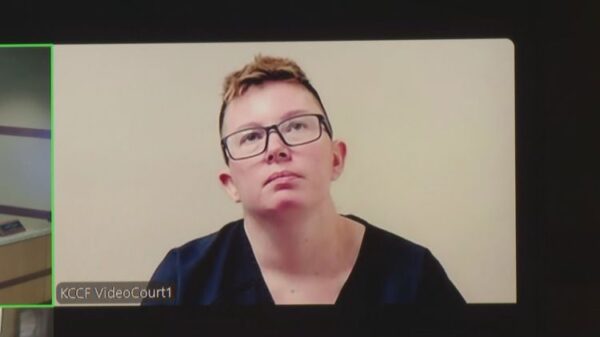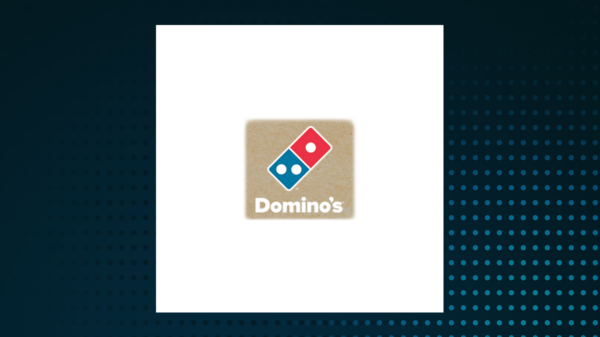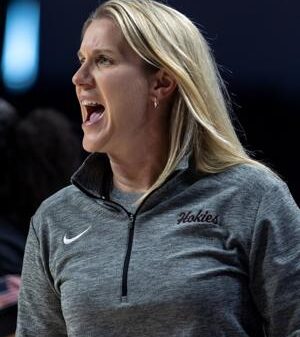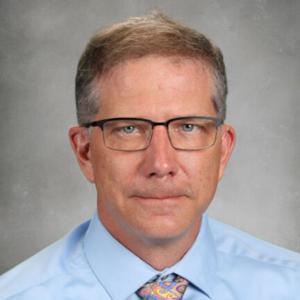Educational leaders in Wisconsin and Iowa are addressing challenges related to open enrollment, as trends show an increasing number of students leaving certain districts. The Platteville School District, for instance, has seen a notable shift since the 2020-2021 academic year. According to the latest report from the Wisconsin Department of Public Instruction, the district lost 48 more students than it gained during the 2023-2024 year.
In response to this deficit, Superintendent Jim Boebel initiated a proactive approach by surveying families within the district. “Our attempt was to have a conversation with each family that enrolled in and out,” Boebel stated. The financial implications of open enrollment are significant, as public school funding in both Wisconsin and Iowa is directly linked to student enrollment numbers. When a student transfers to a different district through open enrollment, the original district loses funding while the receiving district gains it.
While open enrollment in Illinois remains largely restricted, educators in Wisconsin and Iowa are strategically analyzing their enrollment figures. Districts with declining open enrollment are working to reverse these trends, while those experiencing growth are focused on maintaining their positive numbers. “Each district has to think really hard about why kids want to go there,” said Troy Maggied, executive director of the Southwestern Wisconsin Regional Planning Commission, which is analyzing survey data collected by Boebel’s team. He emphasized the importance of understanding customer retention, drawing parallels to business practices.
Boebel noted that the SWWRPC’s analysis aims to eliminate bias from the findings. “The first goal is to learn and take that data and improve how kids learn,” he remarked, adding, “We respect everyone’s decision to open enroll. We just want to get better ourselves.”
The Cuba City School District, led by Superintendent Aaron Olson, faced similar challenges in the past. In Olson’s first year, the district recorded a slight open enrollment deficit. “That was something the school board wanted us to address,” Olson explained. Through outreach efforts, the district turned the tide and welcomed 21 more students than it lost in the following year, a trend that has continued since.
Olson credits the district’s communications team for fostering stronger connections between staff and the community. “One thing we stress a lot to staff is if something good happens in your classroom, share it, and our communications team will put it out on social media,” he noted. The additional students from open enrollment have provided Cuba City with approximately $450,000 in extra funding annually, significantly impacting the district’s budget.
Another district experiencing success is Potosi, which has maintained a positive open enrollment trend. Superintendent Kurt Cohen attributes this success to the district’s strong academic and extracurricular offerings, despite its small size. “We’ve always prided ourselves on offering as much as we can, class-wise and extracurricular-wise,” Cohen stated. He expressed hope that the district will continue to attract students, recognizing the substantial impact this has on their budget.
In Iowa, the Western Dubuque Community School District has also reported an open enrollment surplus, with approximately 297 additional students in the 2024-2025 academic year, according to certified enrollment data from the Iowa Department of Education. Superintendent Dan Butler explained that the district’s geographical size and its balance between rural and urban environments make it appealing to families. “The good thing about Western Dubuque is we have the programming of a major metro area but have a small-town feel,” he said.
Conversely, the Dubuque Community School District has faced challenges, reporting a deficit of about 315 students in the same period, a trend attributed primarily to geographic factors. Families are opting for schools in the Western Dubuque district, which is closer to their homes. Mike Cyze, the district’s chief communication officer, highlighted the importance of improving enrollment services and communication strategies to retain families. “Our focus is how we can continue to let people know about the great things going on in our district,” he said.
As districts in both Wisconsin and Iowa navigate the complexities of open enrollment, their strategies reveal a commitment to understanding community needs and enhancing educational offerings. The ongoing analysis and outreach efforts underscore the importance of adaptability in a changing educational landscape.





































































